Mastering Negative Space in Your Pictures
Ah, negative space. The red-headed stepchild of photography. In its simplest description the area around and between objects in a picture, negative space has long been misused by photographers, which has led to awkward images, to say the least.
Ideally, it should be used to enhance an image by creating better-composed pictures as well as allowing viewers to see sizes and shapes more easily.
This concept has a long-standing tradition in everything from design, sculpture and art to architecture and, yes, photography. To master negative space in your pictures is to make an extraordinary photograph out of a mere, ordinary one. It’s really too bad that it’s not understood and put into effective use by more photographers, but this will change now.
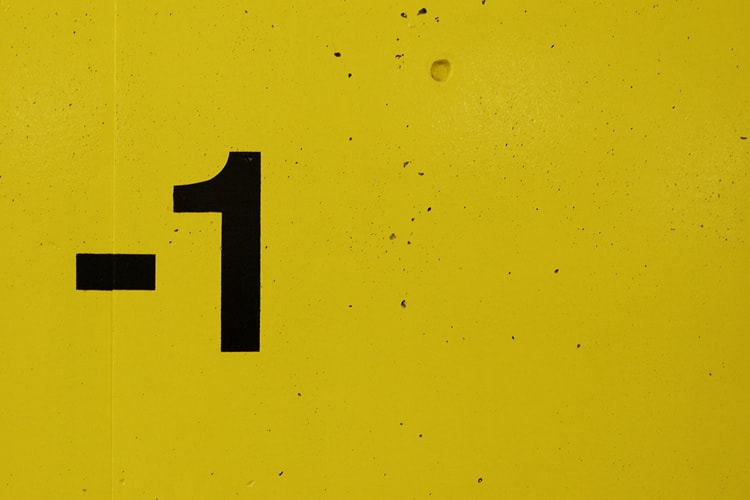
photo by Alcino
All it takes is a bit of practice and dedication to transform your photographs into something truly stunning. As soon as you learn how to look at your pictures in a new way, you’ll be that much closer to reinventing your compositions and turning out utterly breathtaking pictures.
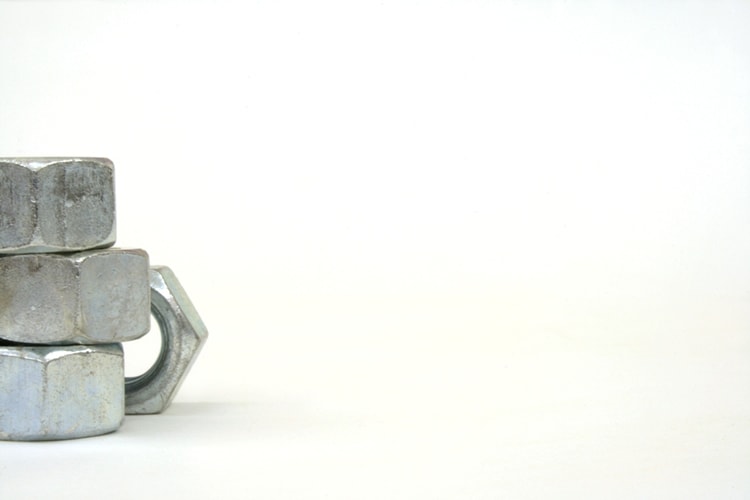
photo by SamahR
Even Out Your Pictures
The rule of thumb with regard to negative space is that it can make your pictures seem more balanced.
To get a well-balanced shot, just obey this tried, tested and true rule: There ought to be double the amount of negative space to the section occupied by your subject. Let’s take a look at an example.
Let’s say that you took a close-up portrait, yet your subject filled only the left third of your frame. In such a situation, you definitely should have two-thirds to the right of your subject as negative space. Small touches like this can seem almost too little to matter, but they will make a big difference to your viewers.

photo by Armando Maynez
Ignore the Objects
One quick, surefire way to get you thinking about negative space is to do the most logical thing… and entirely ignore the objects in your picture. This visual approach will help with the way you’ve been wired to think in terms of viewing a picture.
Our minds are filled to the brim with preconceived notions about how objects appear with regard to their size, texture, color and shape. However, these preconceptions just warp how we look at a scene, creating pictures that only look appealing in our minds, but not in reality.
When you ignore the objects in a scene, you start to focus more and more on the different gaps around them. This is the key to understanding negative space. Now, you’ll simply have to pay more attention to the composition of the image, thereby aiding you to see shapes and sizes more realistically.

photo by Pascal
Negative Space… Is Not Empty Space
This is a key distinction to make: Negative space is not the same as emptiness in a photograph. This is one of the more difficult truths for some photographers to master.
Even if you incorporate a nifty effect in your negative space — such as blurring in the background — it certainly will not turn into a point of focus for the viewer. As a result, all of the main focus will still fall on your subject, where it should fall.
Still, know that, depending on the context, adding some blurring into your background can take some impact away from your image. For instance, let’s say you’re shooting some portraits. Behind the subject is a picturesque landscape. If you shoot with a smaller aperture to obtain front-to-back sharpness, it will embellish the quantity of negative space. As a result, though, your picture will receive greater impact and meaning.
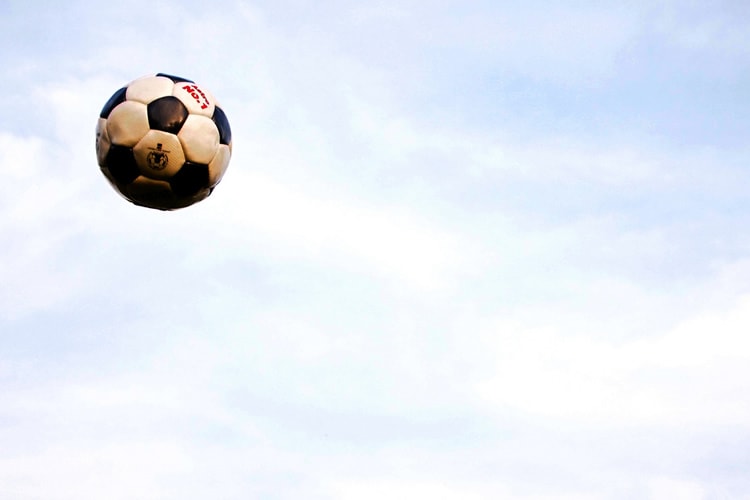
photo by Alex Murphy
Create Space for the Subject
Here’s a highly valuable tip: When you position your subject to one side of your frame, be sure that he’s actually looking right at the negative space in the picture. The exact same thing can be said for action shots where the subject is running through your frame.
In general, any such action shot will always be more pleasing if your subject actually has space to move into.
Other times, you’ll have to slightly adjust your strategy. For example, you could want to intensify the sense of speed or just wish that your viewers would be mystified at what they were looking at. To accomplish this, you’d have to put the negative space directly behind your subject, thereby nearly pushing him completely out of the frame!
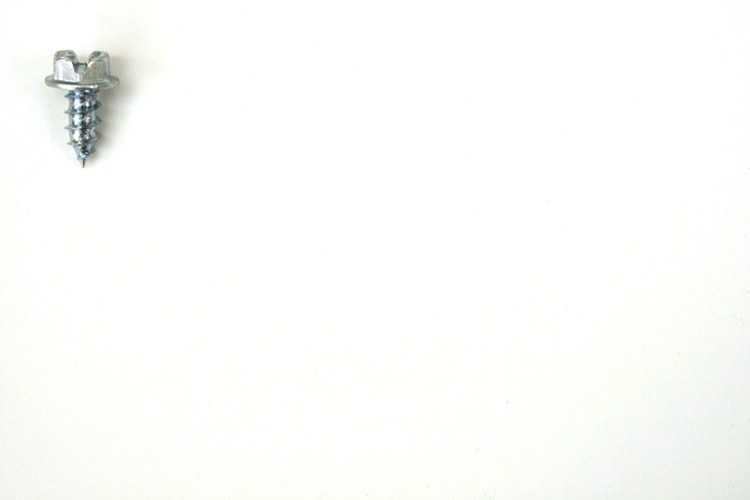
photo by SamahR
The Essentials of Framing
Well, framing your photograph in the context of negative space is not the same as any other situation. You’ll have to play around with your composition until both the negative and positive spaces seem to be quite well-balanced against each other.
Also, don’t be stingy. Be generous with the quantity of empty space that you leave behind. Don’t feel like you have to cram something that could be considered interesting into every single bit of your frame. Doing that will only backfire, as it will give your shots a highly imbalanced, overloaded appearance that hardly anyone would be able to appreciate.
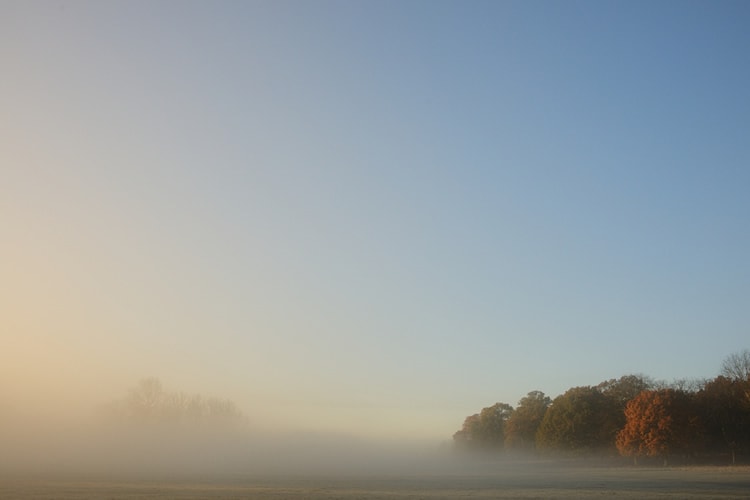
photo by Richard Fisher
Embellishment Works Well With Negative Space
With photography, exaggeration is not usually effective or successful, but the exception to this is negative space. With negative space, you can use exaggeration to your advantage by doing simple things, such as removing all of the color from your shot. Now the only things that will be left in your shot are the shapes and sizes in the picture. Together, they will still tell a story even more effectively.
Another alternative approach that you could try involves the textures in your shot. You could try to take away all of the textures from your shot simply by taking pictures of silhouettes. Try this alternative approach to really give your viewers something to stare at.

photo by Kate Ter Haar
Negative Space and You
Out of all the photography concepts in the world, negative space is probably the most deceptively easy. Really, you’re just playing around with where you want your viewer to look in your image, but doing this effectively is another story entirely.
There are so many different techniques you should employ to get the most out of this artistic effect. Once you do, you’ll master negative space in your pictures.
How About Your Own Adventures With Negative Space?
Have you tried to incorporate some of these methods already into your pictures? Do you even know what negative space is to begin with? Sound off via Twitter or Facebook, as always, and make sure that you keep coming back to Contrastly for all of your photography knowledge.
